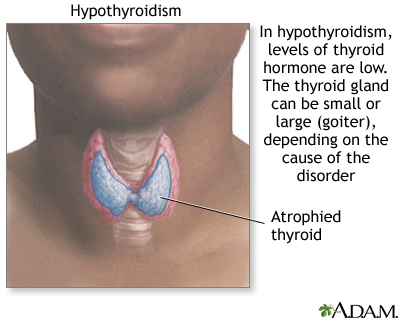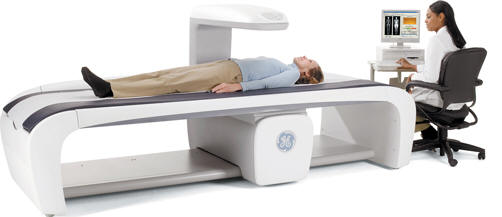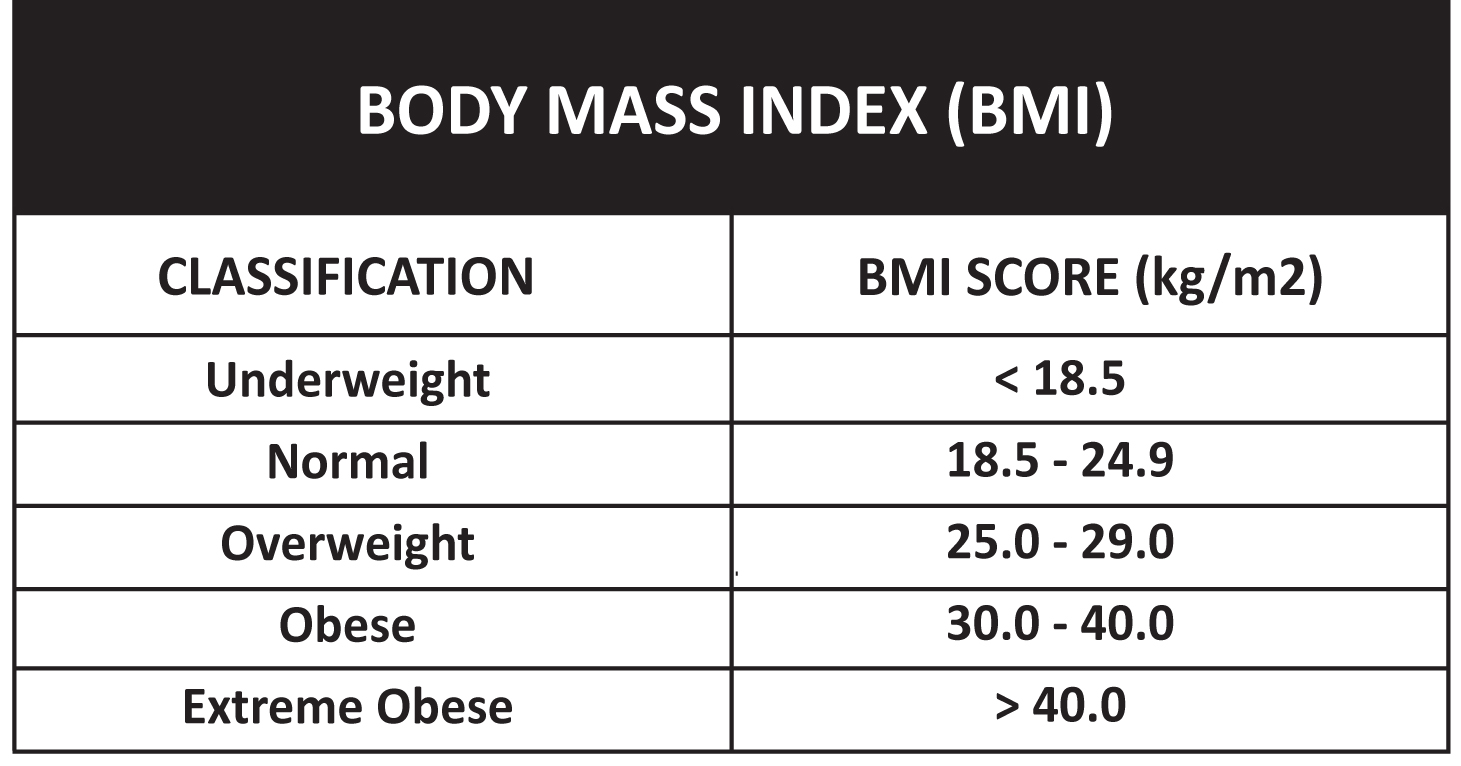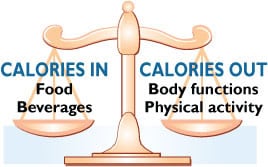How to Prevent Obesity
Obesity can be, for the most part, prevented. It takes self control and knowledge. Whether you are obese, at risk of being obese, or even at a healthy weight, the following tips can help prevent unhealthy weight gain as well as prevention of risks associated with unhealthy weight.
 |
| This shows all the aspects and risks that go along with obesity. |
Regular Exercise:
 |
| Examples of different types of exercise. |
You should have about 60 minutes of activity each day. This can include anything from walking, running, swimming, or hiking. There are so many ways to incorporate exercise into your daily life. Exercise will burn calories. At the end of the day, you want to have burned off all of your calories for weight maintenance or to have burned off more calories than you consumed or weight loss.
Healthy Diet:
A healthy diet will greatly prevent obesity. Your diet should follow the suggestions of My Plate. About half your plate should be fruits and veggies, the other half should be grains and protein. A healthy diet consists of nutrient dense foods. Such as fruits, vegetables, and whole grains. To consume a healthy diet you should try to limit saturated fat and trans fat. AS long as you make sure that you fulfill all your food groups each day, a healthy diet will be very simple.
 |
| MyPlate example. www.choosemyplate.gov |
 |
| Example of healthy foods. |
Commitment:
Nothing is more important in the prevention of obesity than commitment. An individual can practice a healthy diet and regular exercise. However, if they do not commit to that lifestyle change, then they will ultimately fail. You must look at this as a lifestyle change instead of a "diet". Diets end, lifestyle changes do not. It is also important to have your close friends and family commit to you. They should encourage you in your healthy lifestyle and not try to distract you.
 |
| Be committed! |
Overall, obesity can be prevented. We just need to take the time to follow the suggestions that can lead to a healthy life. We need to commit to being the best possible version of ourselves.
References
http://www.mayoclinic.org/diseases-conditions/obesity/basics/prevention/con-20014834


























